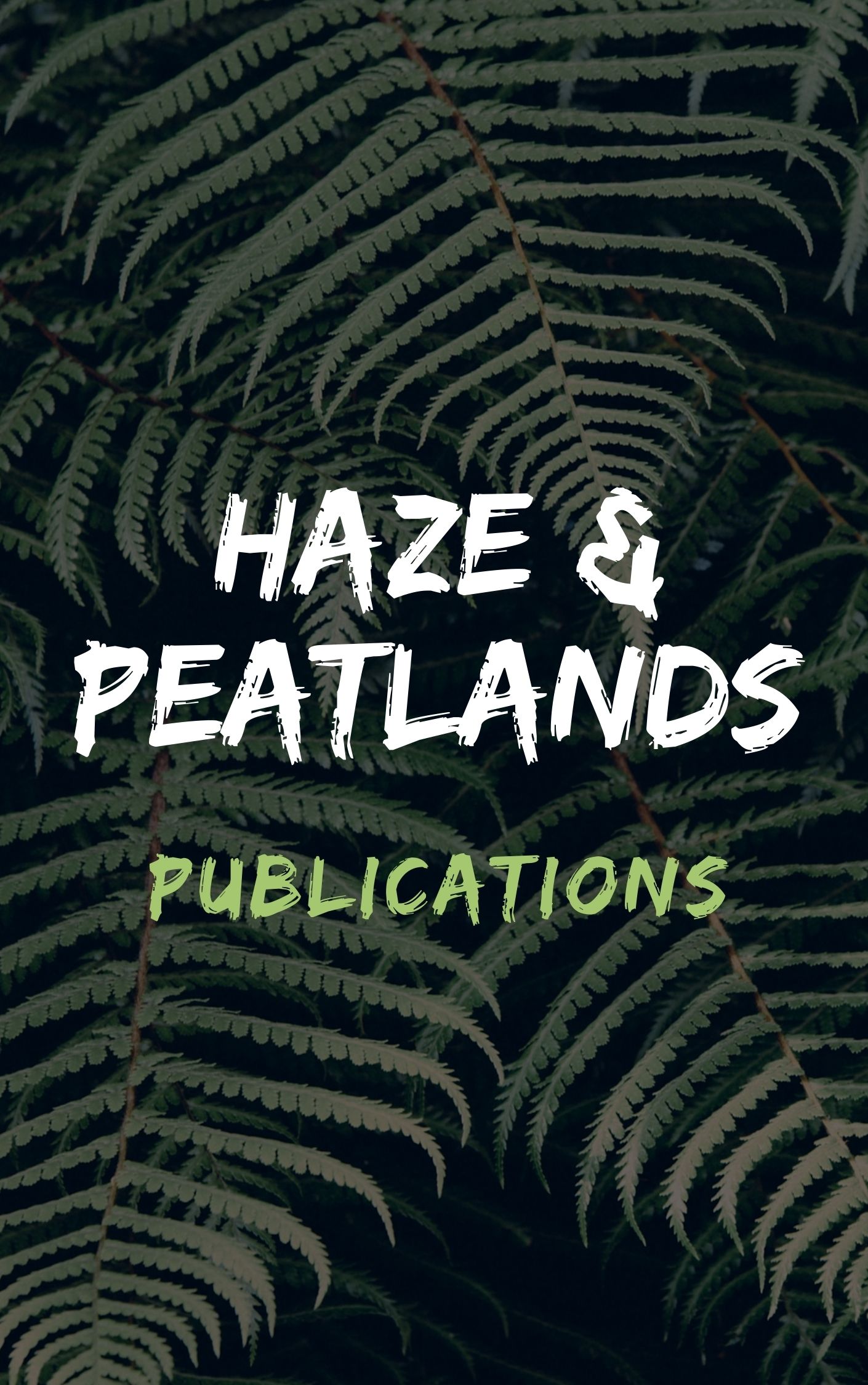In Montane Southeast Asia, deforestation and unsuitable combinations of crops and agricultural practices degrade soils at an unprecedented rate. Typically, smallholder farmers gain income from “available” land by replacing fallow or secondary forest by perennial crops. We aimed to understand how these practices increase or reduce soil erosion. Ten land uses were monitored in Northern Laos during the 2015 monsoon, using local farmers' fields. Experiments included plots of the conventional system (food crops and fallow), and land uses corresponding to new market opportunities (e.g. commercial tree plantations). Land uses were characterized by measuring plant cover and plant mean height per vegetation layer. Recorded meteorological variables included rainfall intensity, throughfall amount, throughfall kinetic energy (TKE), and raindrop size. Runoff coefficient, soil loss, and the percentage areas of soil surface types (free aggregates and gravel; crusts; macro-faunal, vegetal and pedestal features; plant litter) were derived from observations and measurements in 1-m2 micro-plots. Relationships between these variables were explored with multiple regression analyses. Our results indicate that TKE induces soil crusting and soil loss. By reducing rainfall infiltration, crusted area enhances runoff, which removes and transports soil particles detached by splash over non-crusted areas. TKE is lower under land uses reducing the velocity of raindrops and/or preventing an increase in their size. Optimal vegetation structures combine minimum height of the lowest layer (to reduce drop velocity at ground level) and maximum coverage (to intercept the largest amount of rainfall), as exemplified by broom grass (Thysanolaena latifolia). In contrast, high canopies with large leaves will increase TKE by enlarging raindrops, as exemplified by teak trees (Tectona grandis), unless a protective understorey exists under the trees. Policies that ban the burning of multi-layered vegetation structure under tree plantations should be enforced. Shade-tolerant shrubs and grasses with potential economic return could be promoted as understorey. © 2017 Elsevier B.V.
View source
Keyword(s)
Micro-plot experiment, Montane Southeast Asia, Multiple linear regression, Soil crust, Soil loss, Throughfall kinetic energy, Agriculture, Crops, Deforestation, Drops, Forestry, Kinetic energy, Kinetics, Land use, Linear regression, Plants (botany), Rain, Regression analysis, Runoff, Structural optimization, Vegetation, Multiple linear regressions, Soil crusts, Southeast Asia, Throughfall, Soils, crop, experimental study, mountain environment, soil erosion, soil surface, vegetation structure, Article, canopy, fallow, food security, grass, Laos, multiple regression, nonhuman, perennial plant, plant height, plant litter, priority journal, sediment, Tectona grandis, Thysanolaena latifolia, tree, understorey, Poaceae

